Air Conditioning – What you need to know

Many of us have in one way or another, felt the benefits of an air-conditioning system. Whether it was useful in maintaining ideal operating conditions for mission-critical equipment, or something as simple as increasing your comfort on a hot day, an AC unit has had some impact on our lives. Many times, we do not always take notice of an AC unit until we are forced to face the unpleasant conditions created by its absence.
In order to make the most out of your cooling investment and prolong the life of your unit, it is imperative that you have an overview of these systems and how they work.
In this piece, we will define air conditioning and identify the main components of a typical system while highlighting how everything comes together to regulate the temperature of a room.
What is air-conditioning and how does it work?
Air Conditioning, often referred to as AC, is defined as the control of temperature, humidity, purity, and motion of air in an enclosed space, independent of outside conditions. Most of the time we employ the use of AC systems to gain a level of comfort for the occupants of a room or enclosed space.
The main components of an Air Conditioning System include:
- Thermostat
- Refrigerant
- Expansion Valve
- Evaporator
- Compressor
- Condenser
- Air handler and blowing unit.
Thermostat
The thermostat is what allows us to set the unit to our desired temperature. After setting the temperature, it works by sensing temperature changes and maintaining a set room temperature. Then, the air-cooling process begins.

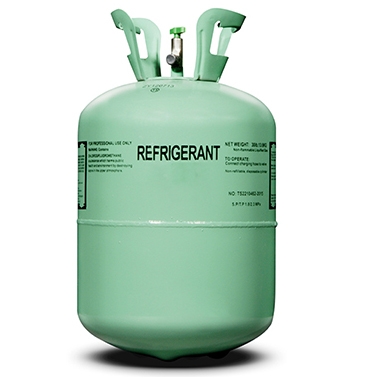
Refrigerant
Refrigerant, widely known as coolant, is a liquid or a gas and is responsible for moving heat from inside the building to outside. It traps the heat from indoors by evaporating, that is, converting from its liquid state into a gaseous state. It then transports this heat to the outdoors via cooling tubes and copper coils. Its low boiling point makes it ideal for use in the overall cooling process.
Expansion Valve
The expansion valve has the main responsibility of regulating the amount of coolant the evaporator is supplied with. This is the part of your system that ensures that there is never too much or too little liquid coolant being sent to be converted into gas. So, in the first step of this process, the expansion valve sends just the right amount of coolant to the evaporator.
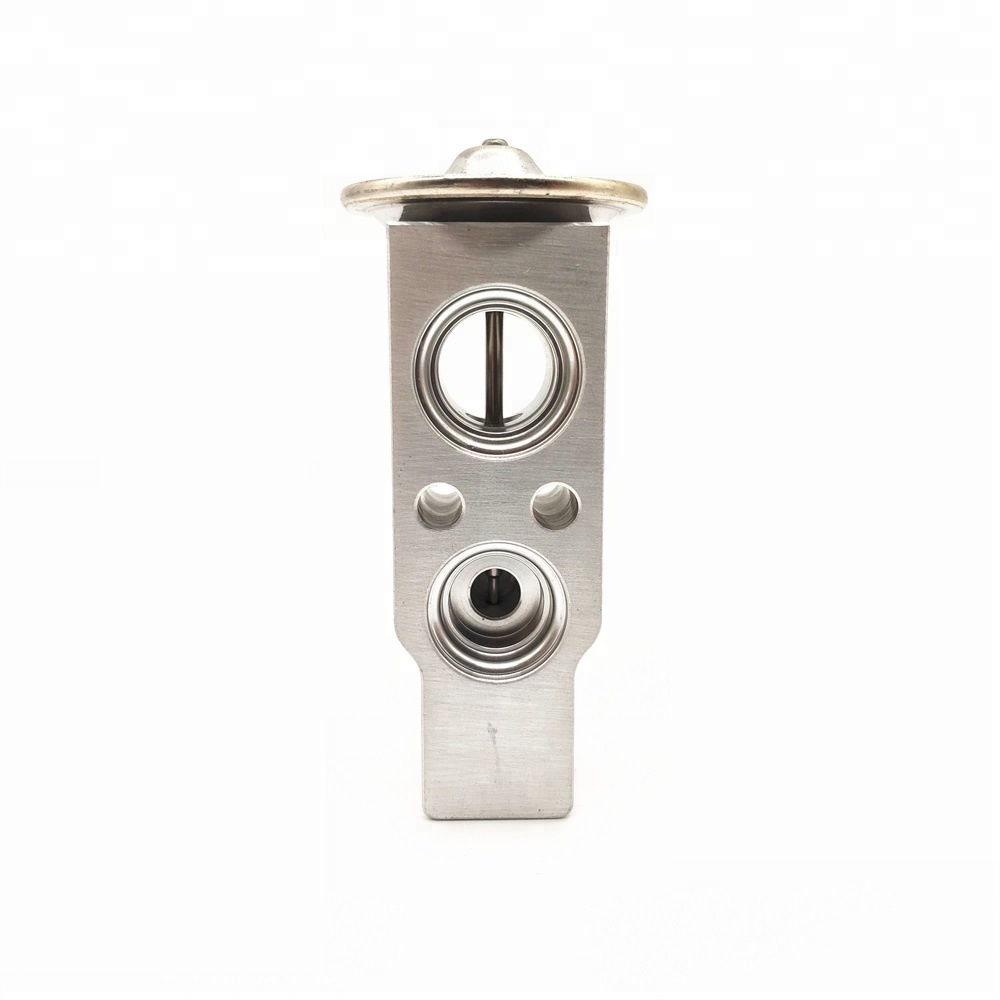

Evaporator
The evaporator is the coil through which the low-pressure liquid refrigerant runs, in order to absorb the heat from the air. Within the evaporator, the coolant uses this heat to evaporate into a low-pressure gas. Through this process of evaporation, heat is removed from the air surrounding the evaporator coils leaving cool air behind. This cool air is then blown back into the space, lowering the room’s temperature. The refrigerant then moves to the compressor.
Compressor
The expansion valve has the main responsibility of regulating the amount of coolant the evaporator is supplied with. This is the part of your system that ensures that there is never too much or too little liquid coolant being sent to be converted into gas. So, in the first step of this process, the expansion valve sends just the right amount of coolant to the evaporator.
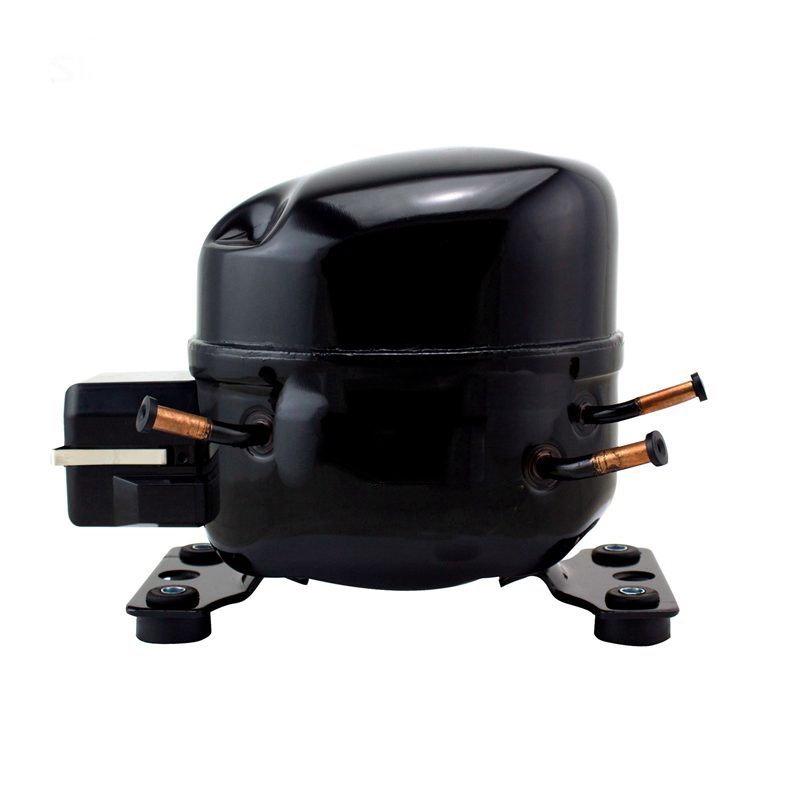
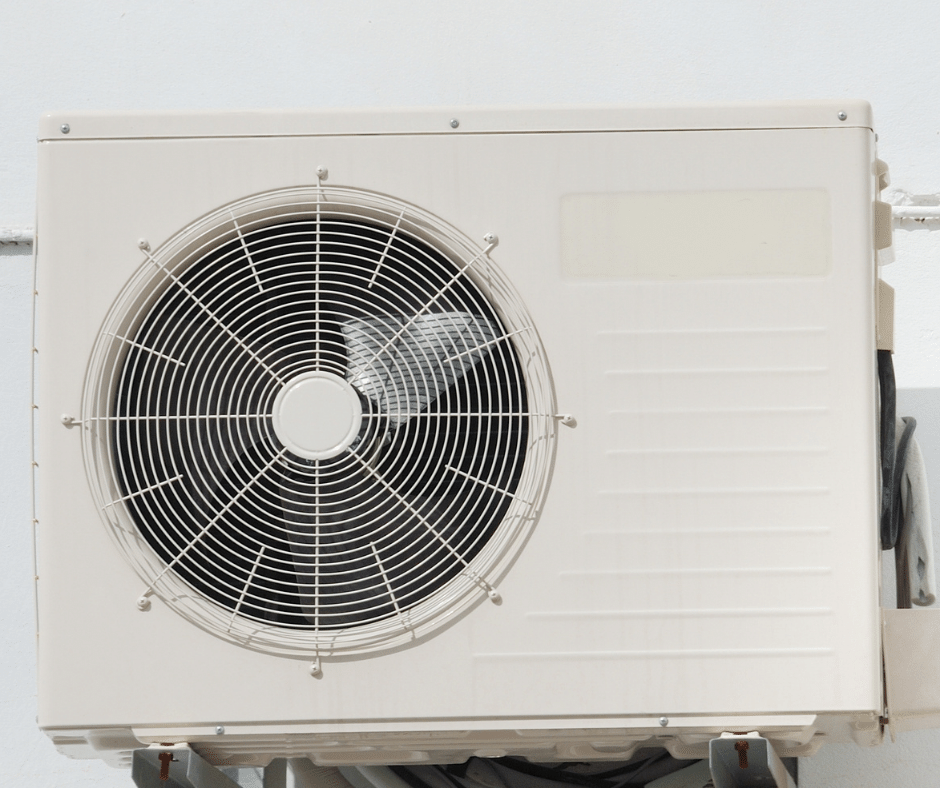
Condenser
The condenser cools the refrigerant, thus lowering its pressure and converting it back to the cool liquid state we started with. The condenser then releases the heat that was removed from the refrigerant into the outdoors.
Air Handler Unit
The air handler unit, or indoor unit, should effectively circulate cool air to every part of your closed space. It usually consists of parts such as the filter rack, evaporator coil, and the air blower. The air filter removes dust mites/particles from the air, while the blower is responsible for blowing and evenly distributing the cool air in the building.
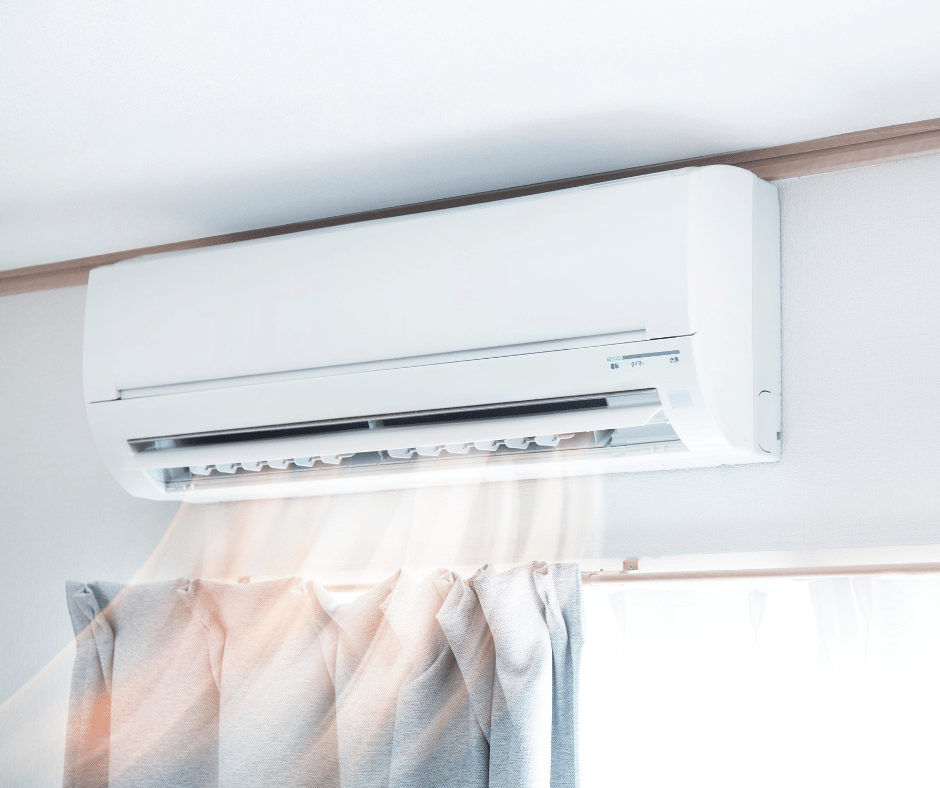
It is important that all of these components are in optimal working condition in order for you to get the most out of your unit. These parts all have a potential for going bad if not properly assessed and maintained. Have your unit serviced regularly by the experts at Clim8 Ltd in order to increase the longevity of your AC, increase your cooling efficiency and save you money in the long run!
